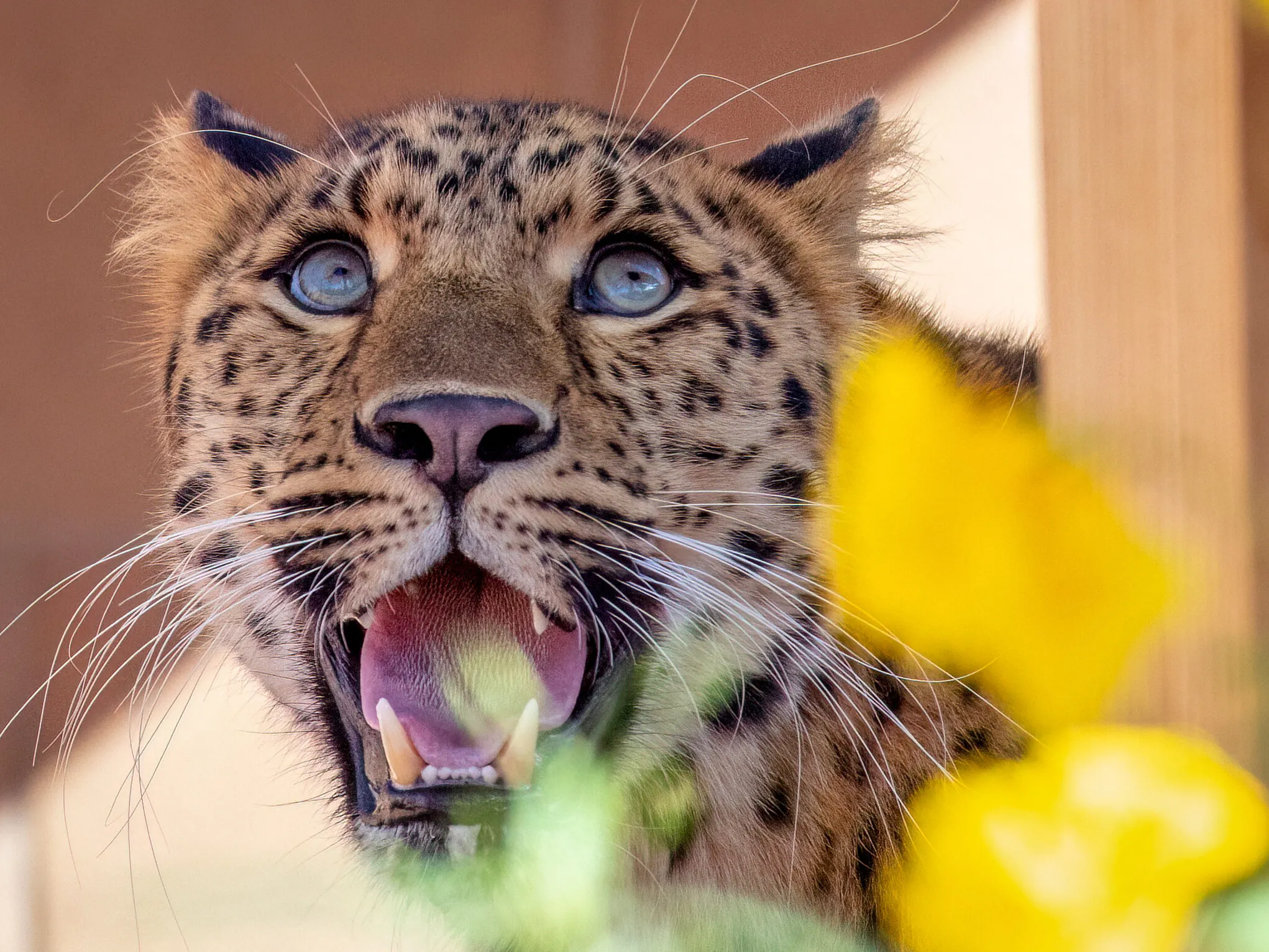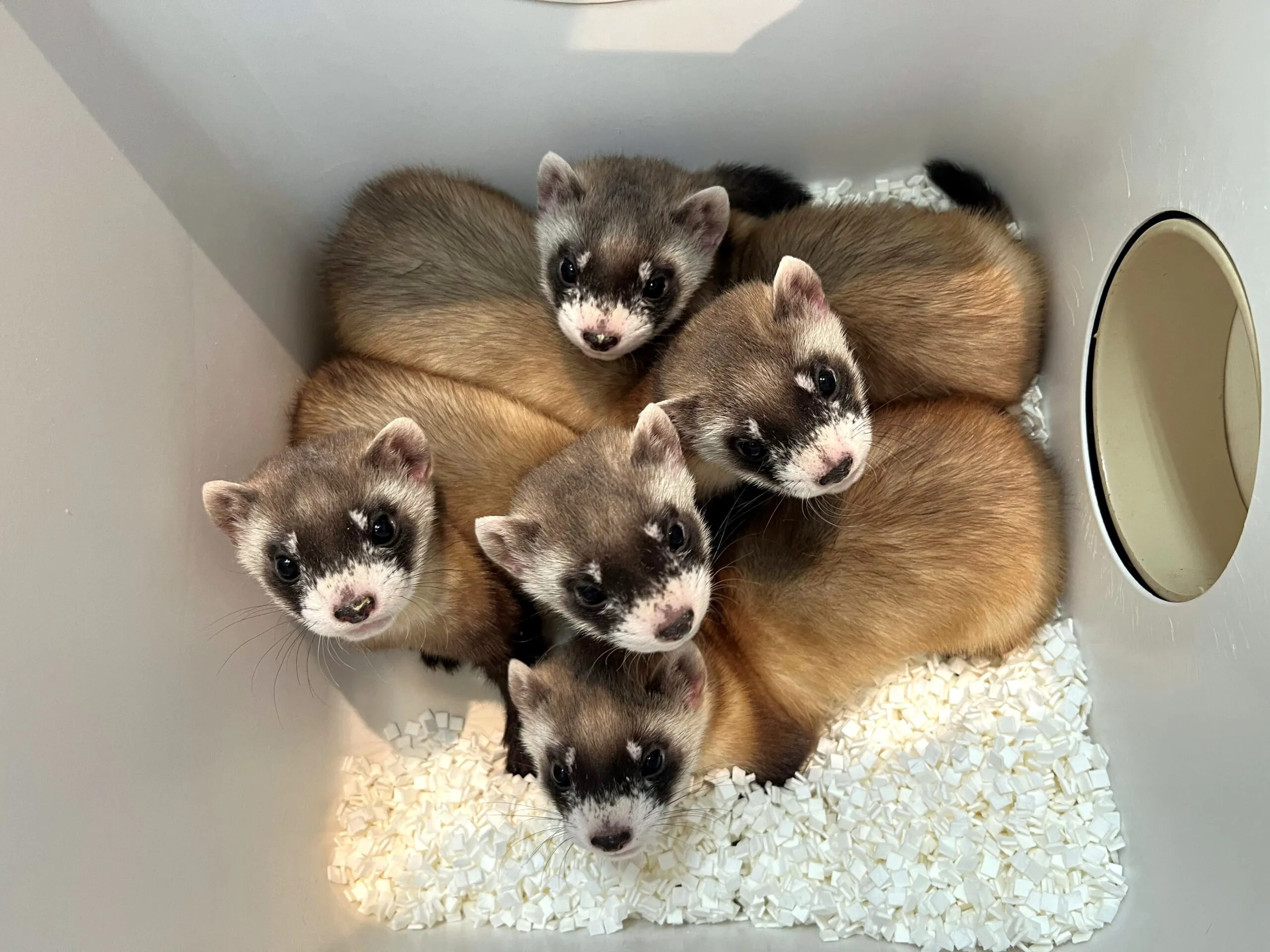Ruffed Lemurs
Varecia SPP.
Look Sharp
Lemurs have a specialized claw on their second toes that they use to groom their own fur. It looks like a fingernail sticking straight up! Lemur fingers are not as dexterous as those of primates like monkeys and apes. Fortunately, their lower incisor teeth are comb-shaped, so they can also groom with their mouths.
Pick up Your Litter
Another trait not common to many primates is that ruffed lemurs give birth to litters rather than single infants or twins. Although not typical, females can have up to six offspring at once. They are also the only diurnal (active during the day) primates that keep their infants in tree nests as opposed to carrying them around on their backs or in their arms. If the female does need to move them, she will pick them up in her mouth and stash them in a safe place. The father will often stand guard nearby.
Say It Loud!
Ruffed lemurs emit over a dozen known vocalizations, including the raucous, bark-like group choruses that we can hear throughout the Zoo. These calls serve various functions – to help locate individuals, to declare territory, and to alert troop members to the presence of predators. Once an individual lemur begins rumbling, the others will join in until the entire troop is vocalizing.
Ruffed Lemur Species at the Phoenix Zoo
- Black and white (Varecia variegate)
- Red (Varecia rubra)
Black and White Ruffed Lemurs

Red Ruffed Lemurs

Diet: fruit, leaves, nectar, seeds, invertebrates
Zoo Diet: formulated feed, starch, veggies, fruits, greens, browse
Habitat: rainforests
Weight: 6 – 10 lbs



Plan your visit today!
The Phoenix Zoo is one of the largest non-profit zoos in the U.S., caring for over 3,000 animals, with nearly 400 species represented, including many threatened/endangered species.

Plan your visit today!
The Phoenix Zoo is one of the largest non-profit zoos in the U.S., caring for over 3,000 animals, with nearly 400 species represented, including many threatened/endangered species.








